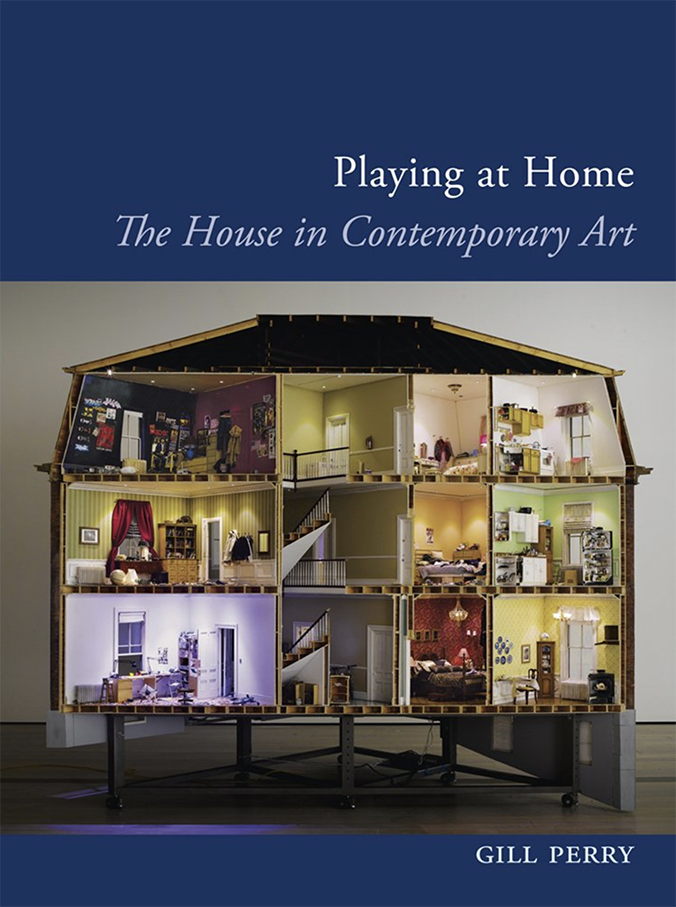
Playing at Home: The House in Contemporary Art
London: Reaktion Books, 2013.
This is the first published monograph to explore the ubiquity of the imagery of the house in recent and contemporary art, and its rich cultural, aesthetic and interdisciplinary associations. The book considers the ways in which artists working in a range of media (especially installation and video) have embraced the cultural, social and aesthetic challenges of representing domestic space and the ‘home’. Through a series of themed chapters (including ‘Family Traces’, ‘Beach Houses’, ‘Scaled Down’, ‘Haunted Houses’, ‘Broken Houses’ and ‘Green Houses’), which explore examples of British, European, American, Korean art, and some works by artists of the British and Caribbean diasporas, Perry explores representations of the house as sites of memory, nostalgia, metaphor, autobiography, social critique, community involvement and the culture of the ‘everyday’.
A key concern of this book is the various ways in which representations of the house and the home are inflected both with issues of gender, class, ethnicity – and playful humour. Running through these studies of specific art works and installations is a theoretical exploration of the role of play, conceived as a complex creative, philosophical and psychic process which has informed the work of many artists working with the theme of the house, and which can be seen to echo some of the critical and playful concerns of earlier art movements such as Fluxus and Arte Povera. While several studies of related themes have located explored ideas of the ‘uncanny’ and ‘surreal’ nature of some artistic re-workings of the house (for example the Hayward show Psycho-Buildings of 2007; the Barbican Surreal House of 2010; see also Barry Curtis’s Dark Places 2009, on the role of haunted houses in film), Perry argues that an understanding of ironic, parodic and participatory practices are equally important in our interpretations of these compelling works. Many art works are explored which deploy subversive and witty strategies, dismantling artistic conventions and traditional associations of the ‘home’. Drawing on various theories of play, including those of Huizinga, Winnicott, among others, Perry argues for the recurrence of humorous, ironic, critical and playful strategies in works which engage with the (apparently) banal, everyday theme of the home.
Playing at Home was selected by the Evening Standard reviewer Tania Leslau (14 March, 2024) as one of ‘the best Art History books for honing your cultural knowledge’:
‘There’s no place like home. Yet, home is a highly complex concept for many. In her stimulating work Playing at Home, Gill Perry explores how artists have decoded the topic of home across time. The text considers how gender, identity, class and place affect our perceptions of home, doing so by exploring ideas of the home in art via themes such as haunted houses, dollhouses, broken homes and more. Perry animates her text via the works of Tracey Emin, Gordon Matta-Clark, Rachel Whiteread, Cornelia Parker, Louise Bourgeois and other artists who have incorporated the theme of home into their art. Home as a shifting concept also takes the stand, with Perry neatly bringing cross-continental travel and displacement into the conversation.’